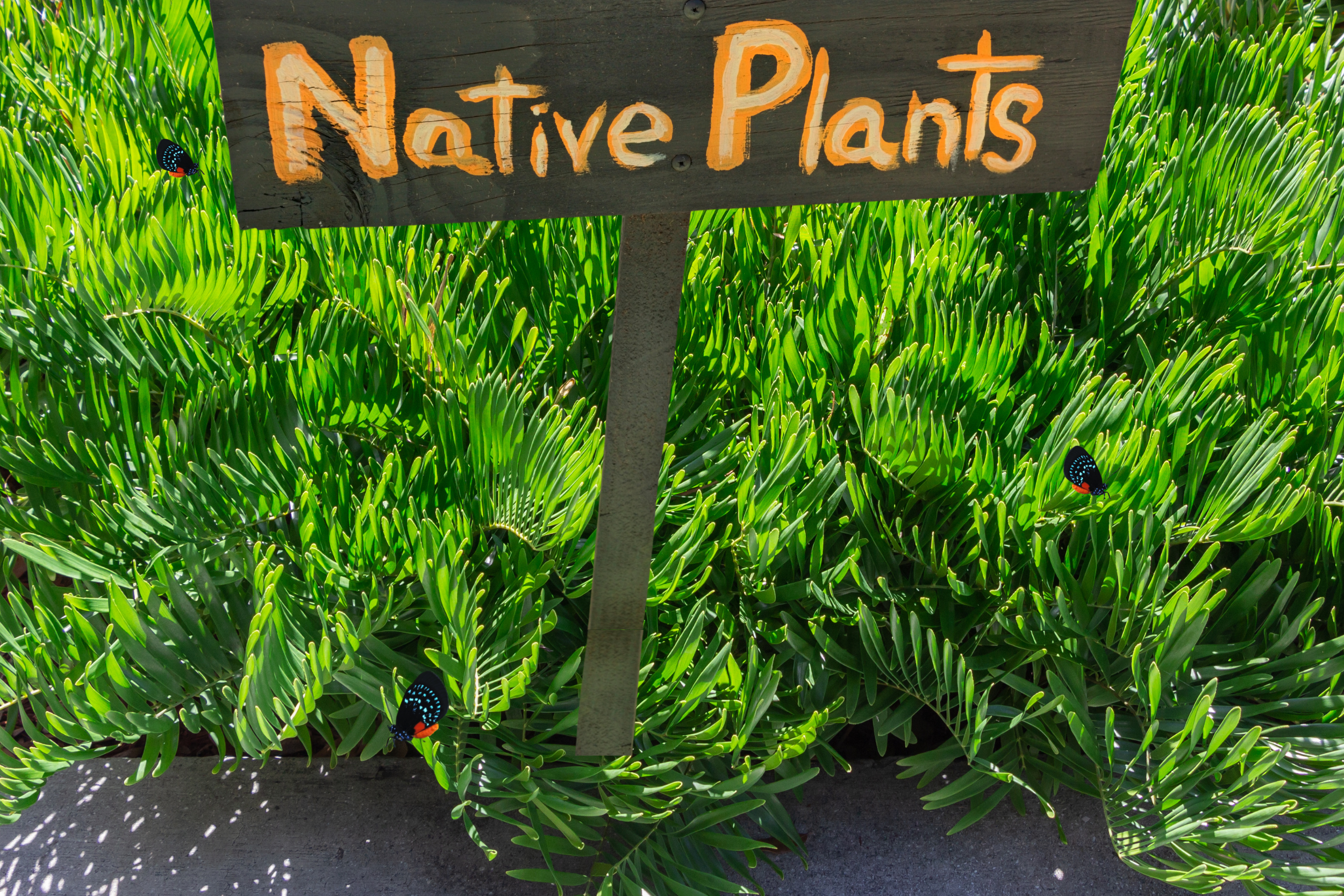
Projects
Collaboration & Work
Coastal Cleanups
Click here to learn about our upcoming cleanup event on September 21, 2024.
No matter where you live—whether on the coast or thousands of miles away—all waterways lead to the ocean. If we take action and work together, we can improve the ocean’s health and make litter-free seas a reality.
Coastal trash and litter cleanups are essential for protecting marine life, preserving ecosystems, boosting local economies, ensuring public health, and promoting community engagement and environmental stewardship.
By participating in and supporting these efforts, individuals and communities can make a significant impact on the health and sustainability of coastal environments.
We Gather Data for Research: Our cleanups involve cataloging the types and quantities of trash collected, providing valuable data for researchers and policymakers to address pollution sources and develop better waste management strategies.
Data collected during coastal cleanups contributes to research and policy development aimed at reducing marine debris and its impacts.
The GWA Cleanup Team empowers people to remove trash from shorelines, lakes, rivers, and beaches, identifying the sources of debris and changing behaviors.
Want to help? Recruit friends and family to join cleanup initiatives.
Habitat, & Native Plant & Tree Restoration
By planting native plants and trees, individuals and communities can contribute to environmental conservation, economic savings, and cultural enrichment, fostering healthier and more sustainable ecosystems.
Native plants offer essential resources that non-native plants often lack, thereby sustaining the local food web and promoting biodiversity.
Natives are adapted to the local soil, climate, and water conditions. This means they generally require less water, fertilizers, and pesticides compared to non-native species, making them more sustainable and environmentally friendly.
Climate Change Mitigation: Native plants can play a role in mitigating climate change by sequestering carbon and providing resilience against climate impacts like drought and extreme weather.
Reducing Nutrient Runoff: Because native plants are adapted to the local environment, they have root systems that can efficiently uptake nutrients and usually require little to no supplemental fertilization compared to non-native species. This reduces the risk of nutrient runoff into waterways, which can cause eutrophication and harm aquatic ecosystems.
We dare you to remove some sod from your yard and install native plants. Your local pollinators will thank you!
Outreach & Education
The Return On Investment (ROI) for communities on environmental outreach and education is multifaceted, yielding substantial economic, social, and environmental benefits. Education can lead to cost savings, job creation, improved public health, enhanced community engagement, and a significant positive environmental impact. Investing in environmental education is not only a commitment to sustainability but also a strategic economic and social decision delivering benefits significantly higher than their costs, often with a benefit-cost ratio of 3:1 or higher. One of the best pathways to improve ecosystems is through education and outreach.
Behavioral Change: Long-term environmental benefits are achieved through changes in individual and collective behavior. Education initiatives that highlight the importance of biodiversity, climate change mitigation, and pollution reduction can lead to sustained environmental improvements.
We welcome you to learn and teach with us. Making positive change starts with you!



